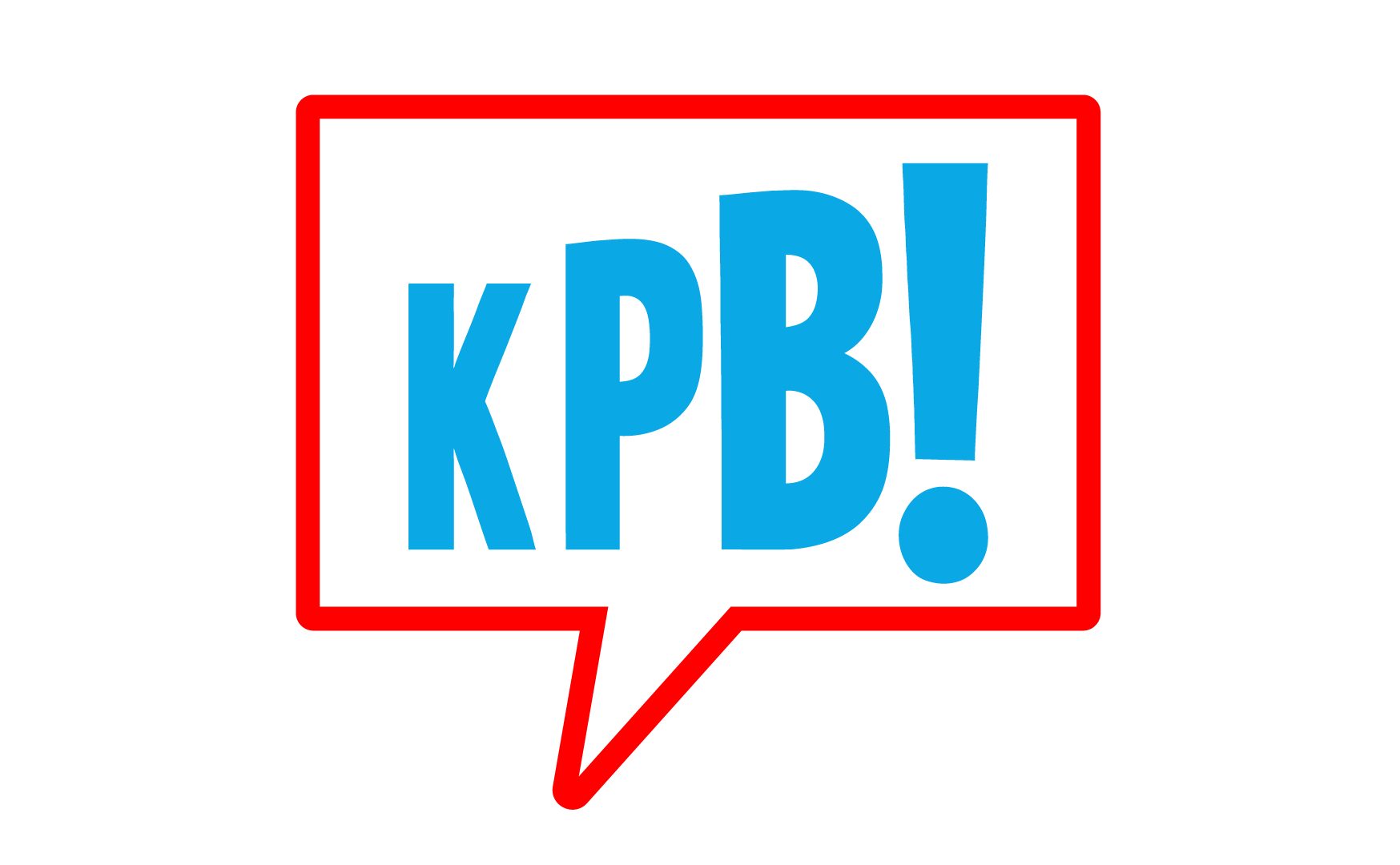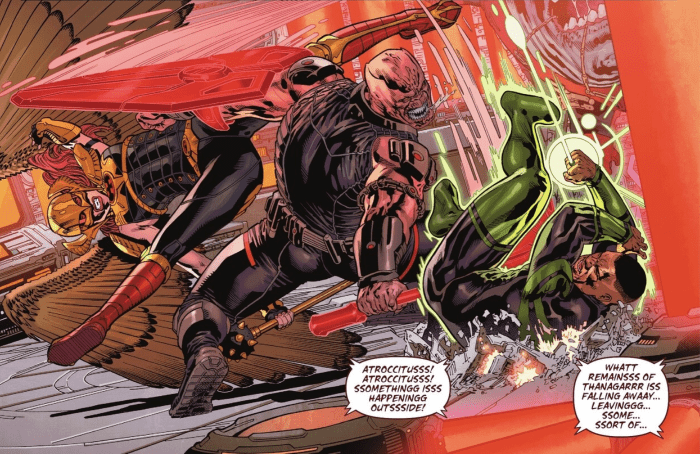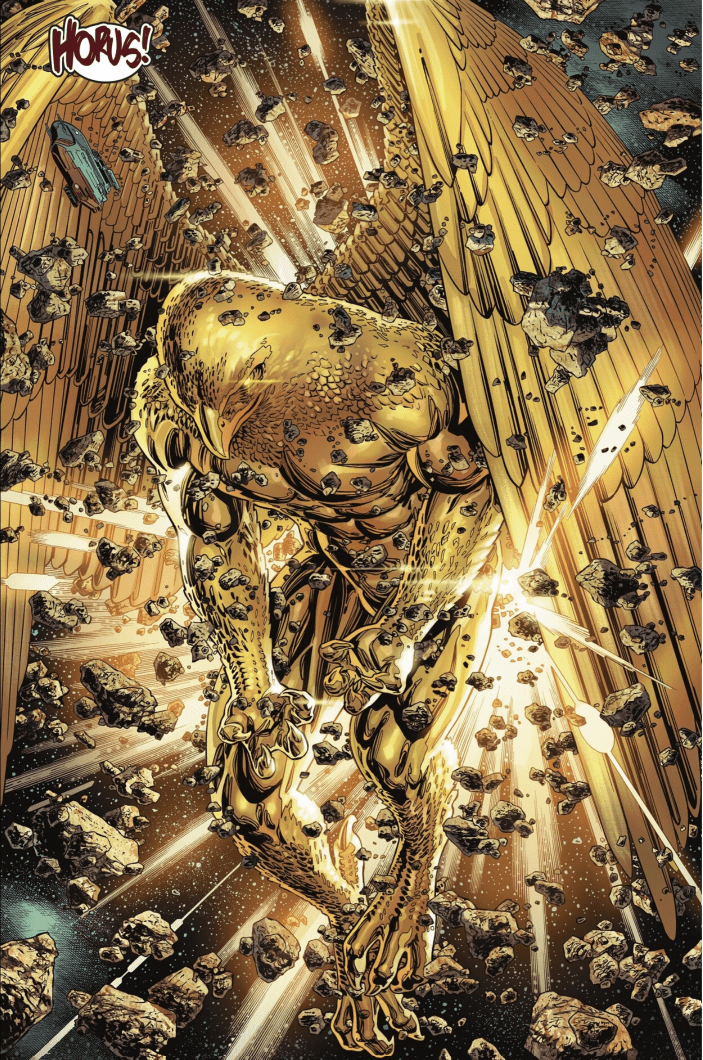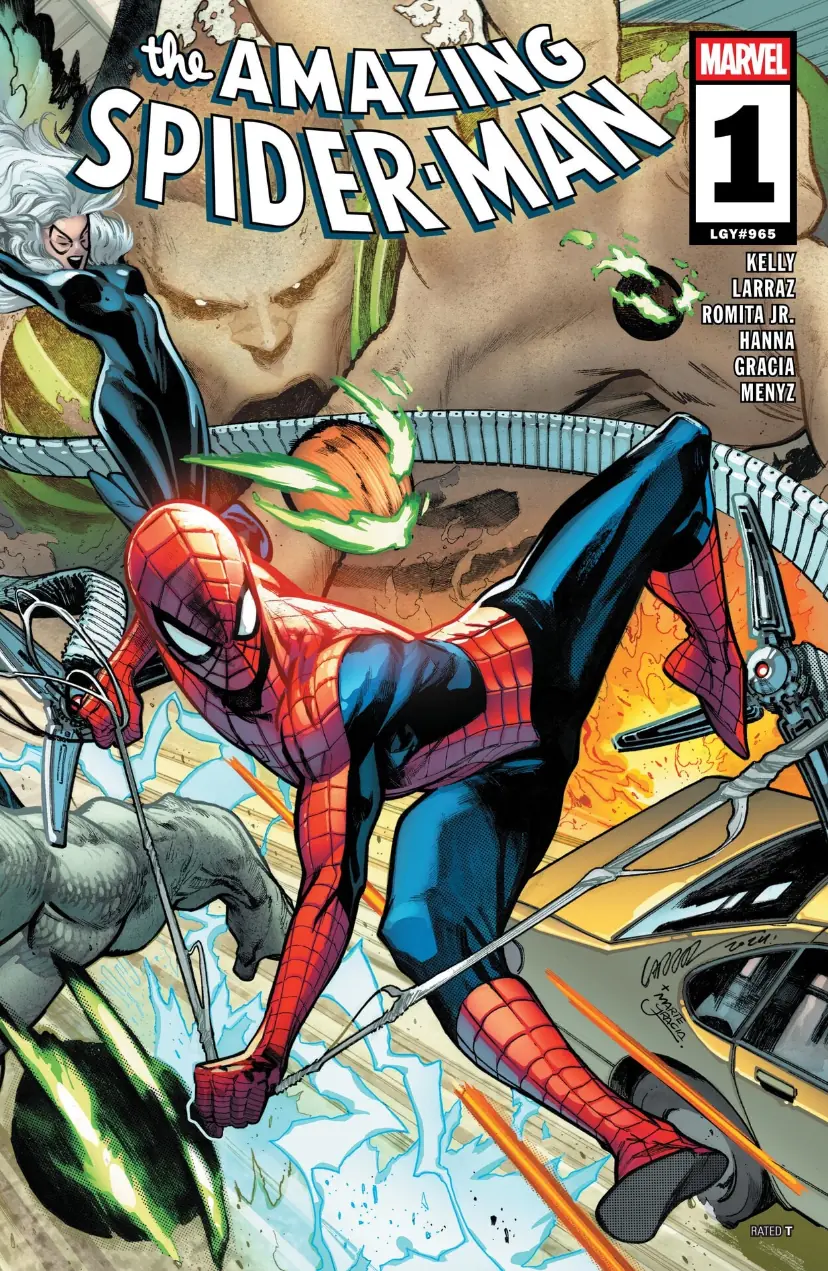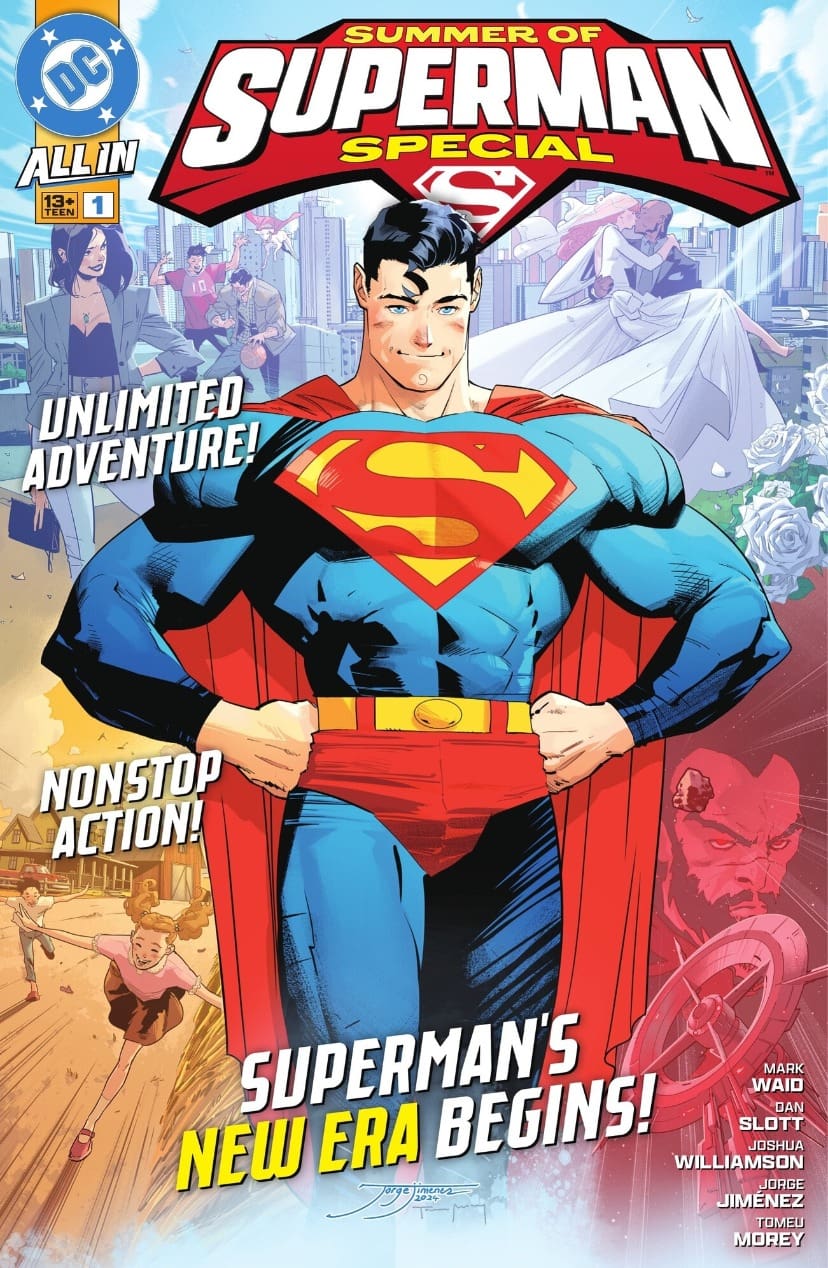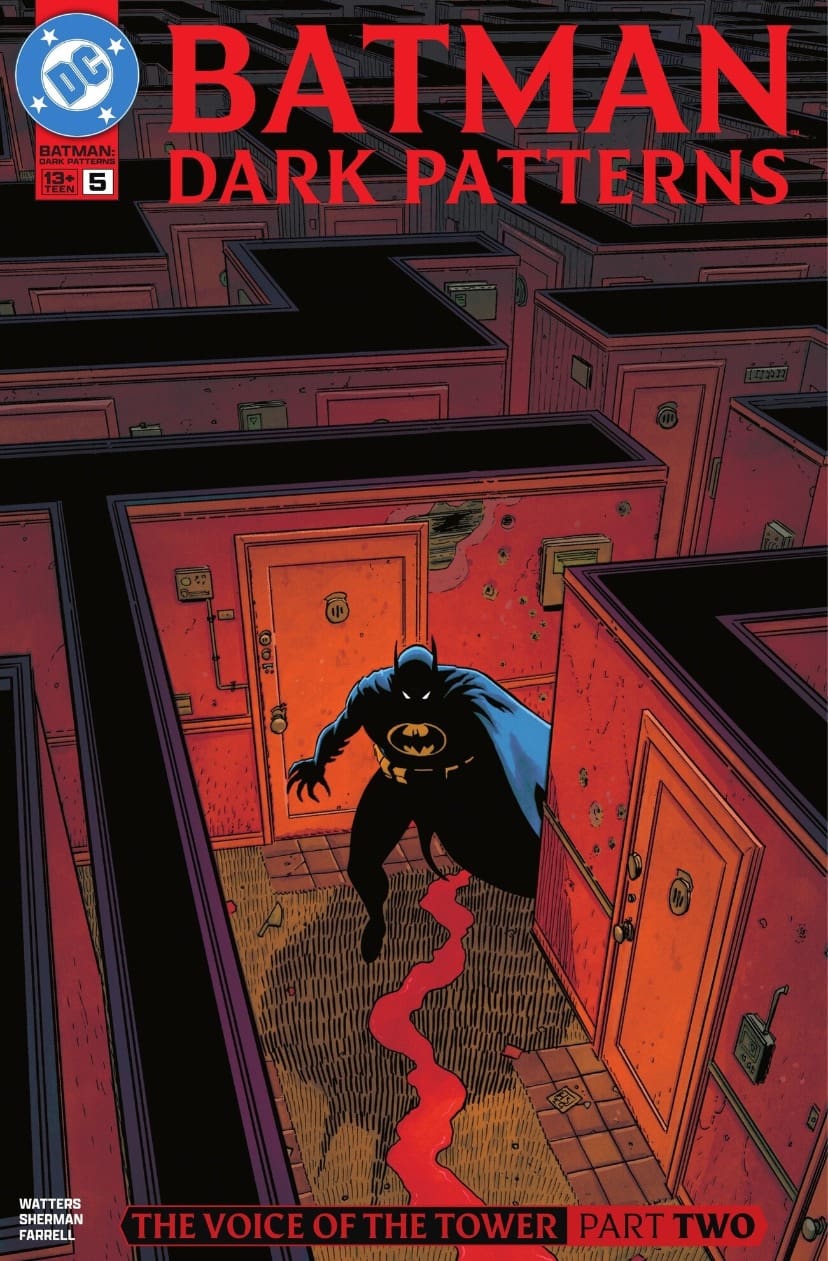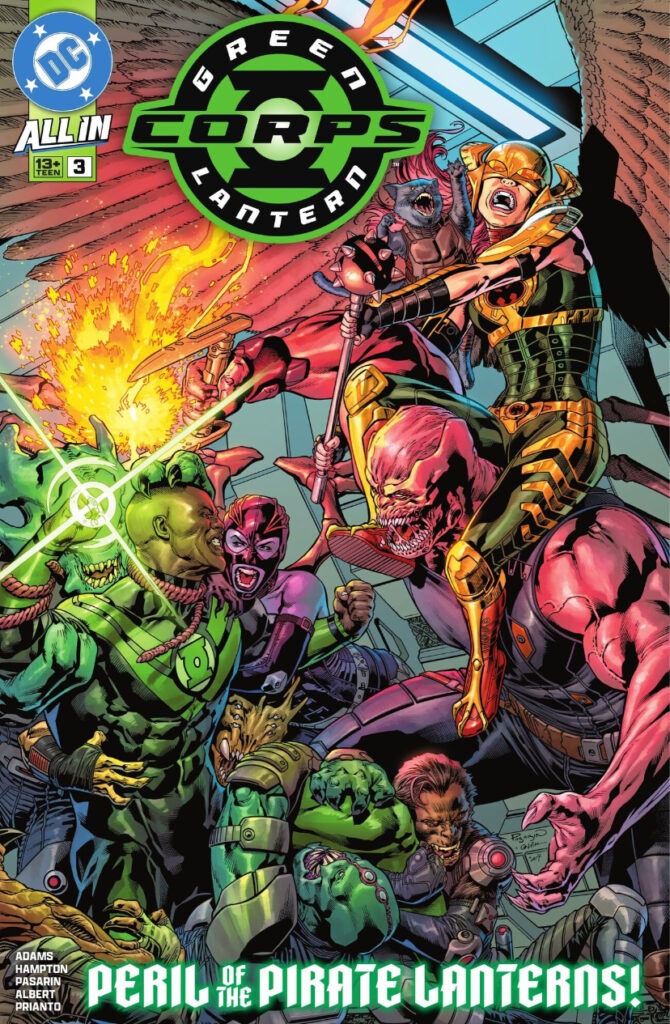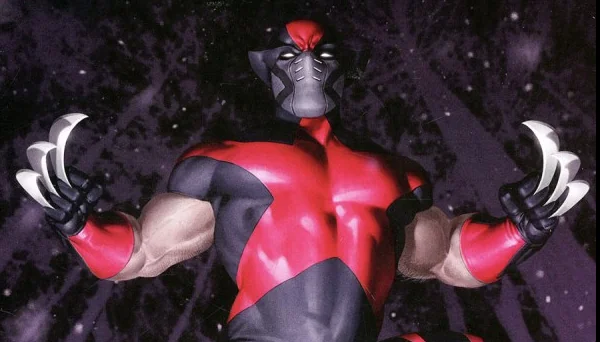The DC Universe is a wild mix of sci-fi action and ancient myths. You’ve got aliens battling across space and powerful gods watching from other dimensions. Usually, these worlds don’t collide too dramatically, but recent events on the planet Thanagar changed that. We’re seeing a surprising link between the devastated homeworld of Hawkwoman and an Egyptian god, giving us a fascinating new glimpse into the cosmic pecking order in the DC Universe. WARNING: Major Spoilers for Green Lantern Corps #2-3 below.
As seen Green Lantern Corps by Jeremy Adams, Morgan Hampton, and Fernando Pasarin, Thanagar is a wreck. It was shattered after the living planet Mogo was manipulated into attacking it. The Thanagarian people are scattered, forced to live “amongst enemies who mask their glee with pity,” as a grieving Hawkwoman (Shayera Hol) puts it. While Green Lanterns John Stewart, Kilowog, and Razer are there with Hawkwoman, dealing with the fallout, a new fight breaks out. Atrocitus and his rage-fueled Red Lanterns show up, drilling into the planet to get their hands on its valuable Nth Metal – the same metal crucial to Thanagarian biology and tech.
The battle is intense, pitting the Green Lanterns’ willpower against the Red Lanterns’ fury. But as things heat up, something much bigger and older makes its entrance. Just as Atrocitus fires his stolen ship’s energy cannon in defiance, a massive, golden, god-like being erupts from the planet’s core. This awe-inspiring figure radiates incredible power and strikes back with devastating force. It soon becomes clear this isn’t just any cosmic powerhouse – it’s Horus, the falcon-headed (sometimes hawk) god from ancient Egyptian myth!
Now, Hawkman and Hawkgirl’s origins traditionally trace back to ancient Egypt, portraying them as reincarnations of Prince Khufu and Chay-Ara during an era where worshipping hawk-headed gods like Horus, would be commonplace. This Egyptian connection is core to their mythology. However, this is the first direct link in recent years established between the Egyptian god Horus himself and the alien world of Thanagar.
So, how does a god typically tied to Earth’s history end up involved inside a distant planet? The answer involves the cosmic architecture of the DC Universe. Beyond our reality lies the Sphere of Gods, a higher dimension housing all manner of pantheons: Greek, Roman, Egyptian, Norse, New Gods – the whole divine assembly. This means Horus isn’t just an “Earth god”; his existence transcends planetary boundaries within this divine sphere.
What’s compelling is the sheer scale of this reveal and the questions it raises. Could there be more ancient links between Earth’s Egypt and the Thanagarians that we never knew about? Could the unique Nth Metal actually come from the Sphere of Gods or Earth itself? It’s unclear how things will resolve, but the series does a great job of raising these interesting questions.
The sudden arrival of Horus instantly changed everything; what was a simple fight for resources now had far greater implications. It means the gods might have a stake in Thanagar’s future, hinting at cosmic plans beyond what mortals or aliens can grasp. We’re left wondering what Horus wants or why he’s protecting this broken world. It’s a powerful reminder that in the DC Universe, struggles in our reality can grab the attention of beings from higher planes, blurring the lines between sci-fi and mythology. Plus, let’s be honest, the image itself is awesome: a giant golden hawk god facing down spaceships and Green Lanterns over a desolate planet, mixing ancient power with futuristic warfare in a way that just works surprisingly well.
So to sum up, Horus bursting onto the scene on Thanagar isn’t just a plot twist; it’s a bridge connecting different parts of the DC Universe. It links the fate of an alien world directly to the powerful usually Earth-based God, making the lore richer for both. This unexpected twist opens up exciting possibilities for future stories, promising to explore the hidden histories that tie humans, aliens, and gods together across the vast DC cosmos.

